Explore sustainable materials: debunking myths and revealing truths in our Brown Journal. Start your eco-journey now!
When we hear the word ‘Sustainable Material’ there is always a lot many questions followed it. And the first one which always will be there is ‘What actually is a sustainable material?’ It means the materials that are natural, renewable & carbon neutral, and use less energy to extract.
Now, as the list of questions arises in our minds there are also a few things that we say to ourselves about sustainable materials. Everything is developed because of the available reading or watching material that we consume. However, we don’t consciously put an effort to dive deep & know if those things are true or not. These are THE MYTHS that we’ve developed about Sustainable materials over time. We’ll mention a few here:
- Sustainable materials are a hoax
- The term is just used for marketing & selling
- Sustainable materials are not the solution to climate change
- We are not making any change by opting out of these materials
As we said before that hearing the term ‘sustainable material’ brings a list of questions to everyone’s mind. So, let’s go the question-answer way for this one.
Here goes the list of the Truths about Sustainable Materials:
There are many sustainable materials
There are a lot of materials that are sustainable but there are also a lot of materials that claim to be sustainable. How do you know what are the actual sustainable materials? Well, let’s try to figure out together through this whole blog & while you do that we’ll name a few of them here:
- Bamboo
- Coconut
- Cork
- Hemp
- Tencel
- Cactus Leather or Desserto
- Malai aka Coconut Leather
- Kala Cotton
- Organic Cotton
- Piñatex
- Banantex
- Apple Leather
- Linen
How are these materials sustainable?
This question can be answered by individually describing each material’s nature.
Like, Bamboo is a fast-growing, regenerative crop that doesn’t require fertilization and is often touted as a sustainable material when mechanically processed (otherwise known as bamboo linen or bast fiber).
Hemp is a specific type of cannabis plant, and because of its association with marijuana, it typically requires a specialty license to grow. It’s quick-growing, doesn’t exhaust the soil, and doesn’t require pesticides. Hemp creates a durable fabric that’s non-irritating for skin and has many uses, so it’s often used in place of cotton. This fabric is often more expensive, making it less accessible to everyone.
While there’s an ongoing debate on leather versus vegan leather, Pinatex presents a sustainable alternative to both animal byproducts and controversial textiles. First developed in 2017 by Ananas Anam, the material comes from leftover pineapple leaves that would otherwise be burned. It can also naturally biodegrade unless it’s mixed with petroleum-based resin, which is sometimes the case.
Tencel™ is a branded version of lyocell, a type of rayon derived from cellulose fibers that come from tree pulp. Unlike rayon viscose, lyocell and Tencel™ go through a closed-loop process where chemicals are reused and less dangerous to humans. Tencel’s founding company Lenzing utilizes eucalyptus wood, sustainable practices, and responsible sourcing not guaranteed in other lyocell production processes.
Sustainable materials are actually sustainable
There are various things said, believed & looked upon in question about these sustainable materials for their sustainability. Where the real deal is with the way the materials are used. Depending on the type of material that is mixed with the type of chemical. However, the materials in their truest form are truly sustainable. Materials like bamboo, hemp, and linen bio-degrade when they’ll be thrown out.
Reusable materials can be included in the list
Reusable materials like cotton could be included in the list but clearly stating that they are not fully sustainable. Reusing materials until their maximum capacity is also considered sustainable but by creating a different section for it.
The best sustainable material does not exist
Because there’s no such thing as the best in sustainable material. Every sustainable material is best. No matter the material. Every material is equally good for the environment. But, depending on the type of your use the tag of best could be interchanged. For instance, Pinatex is best when it comes to accessories but it’s not a good option if that’s used for your clothing. But for Bamboo, it’s best for everything. Be it your clothes, accessories or home accessories.
A lot of sustainable materials offer varied options in their original form. Like, Bamboo has routine essentials, speaker, clothes made out of Bamboo fibre, etc. Hemp has clothes, wallets, a bit of essentials, etc. It is interesting to see how Pinatex has different options of its products.
Be it anything a truth or myth, our suggestion would be to find out the reality by some trusted sources in case you are out there by yourself.
Check out curated range of products in our Shop by Material feature.







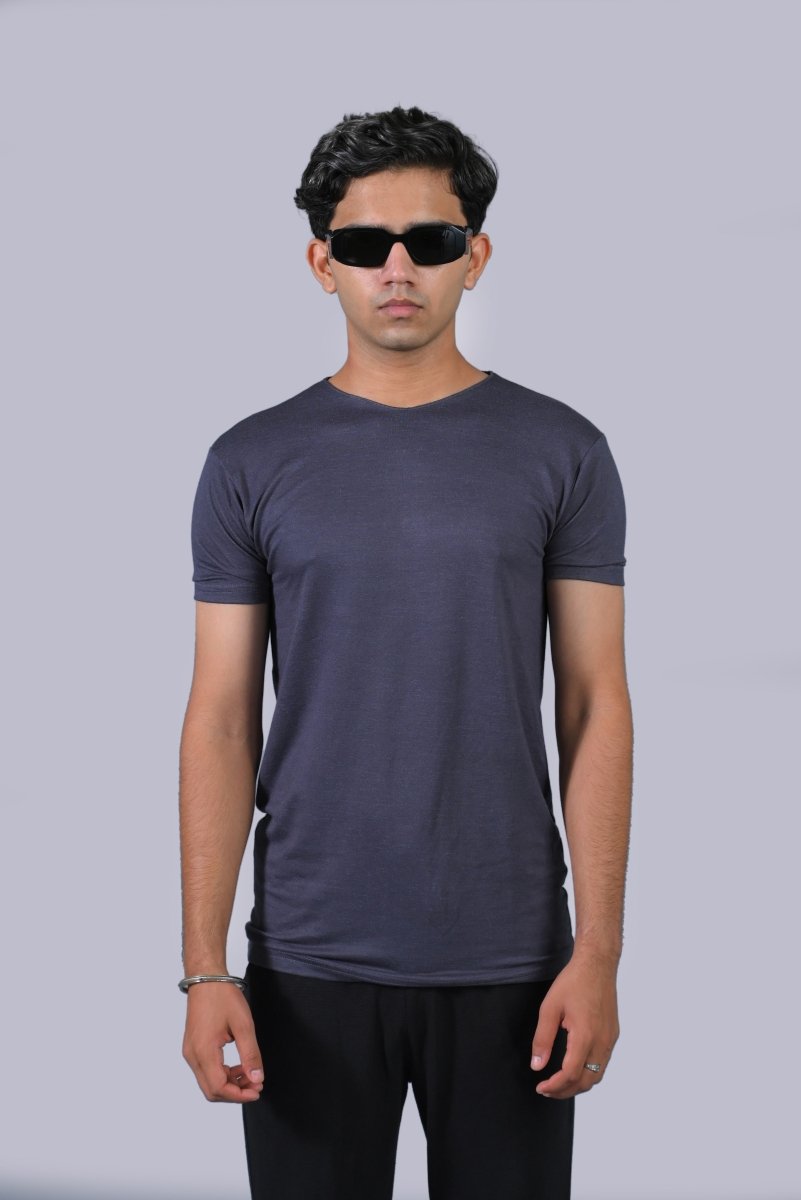
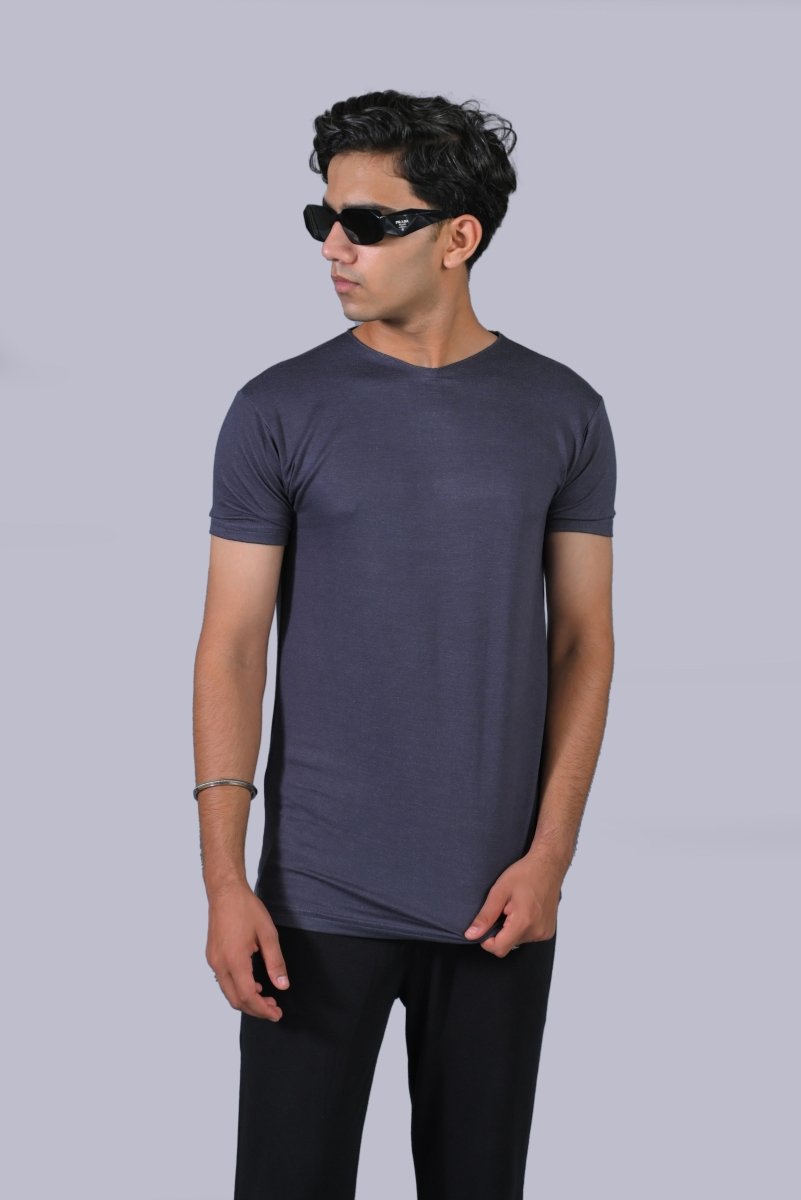


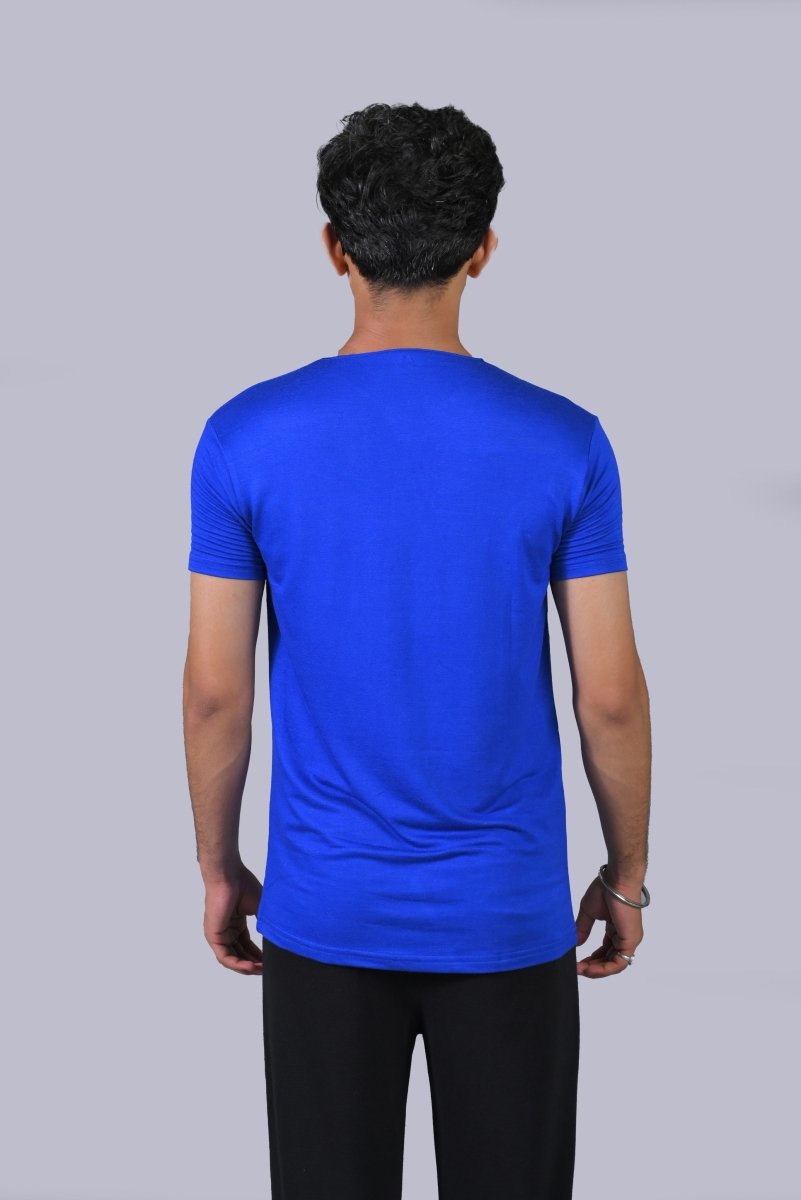



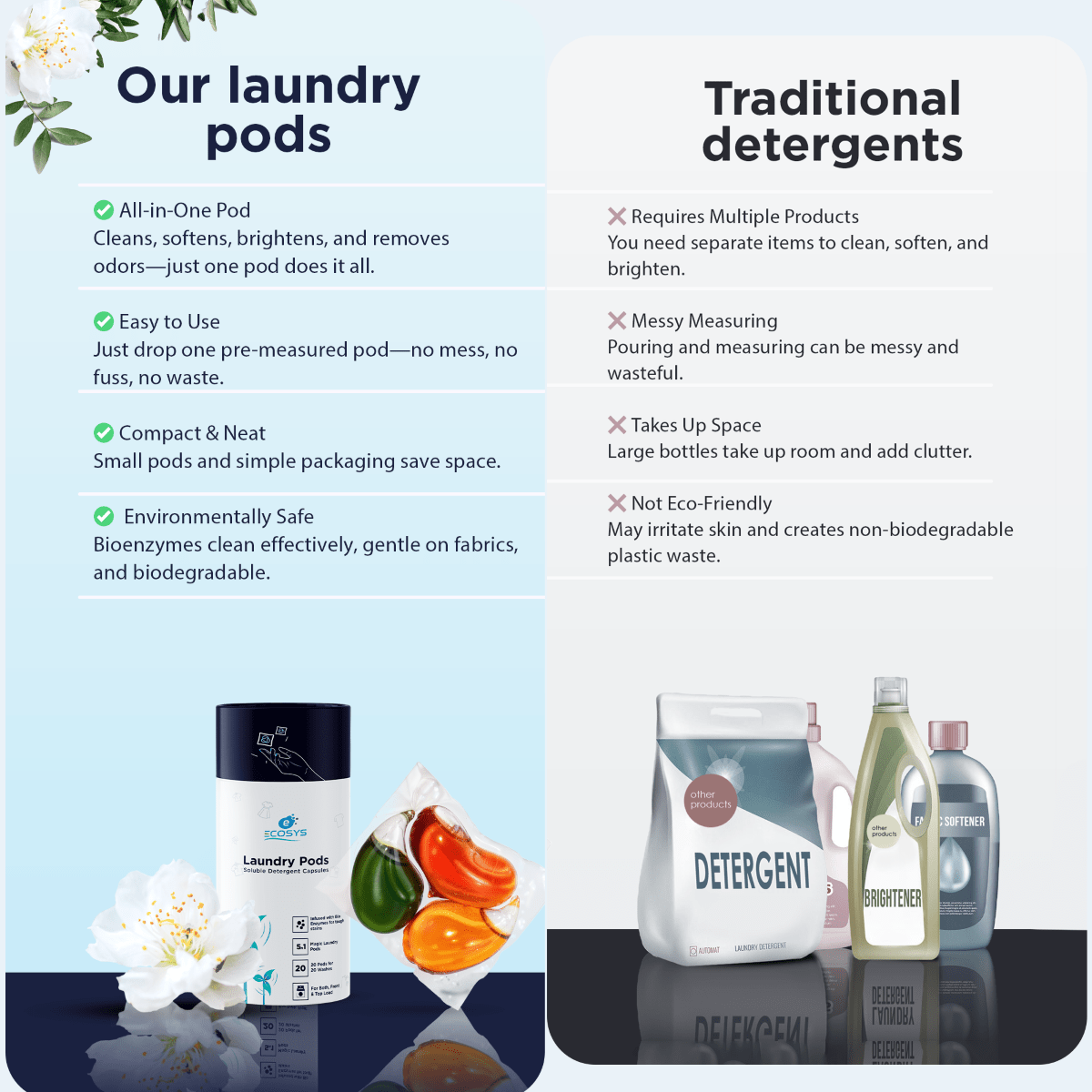

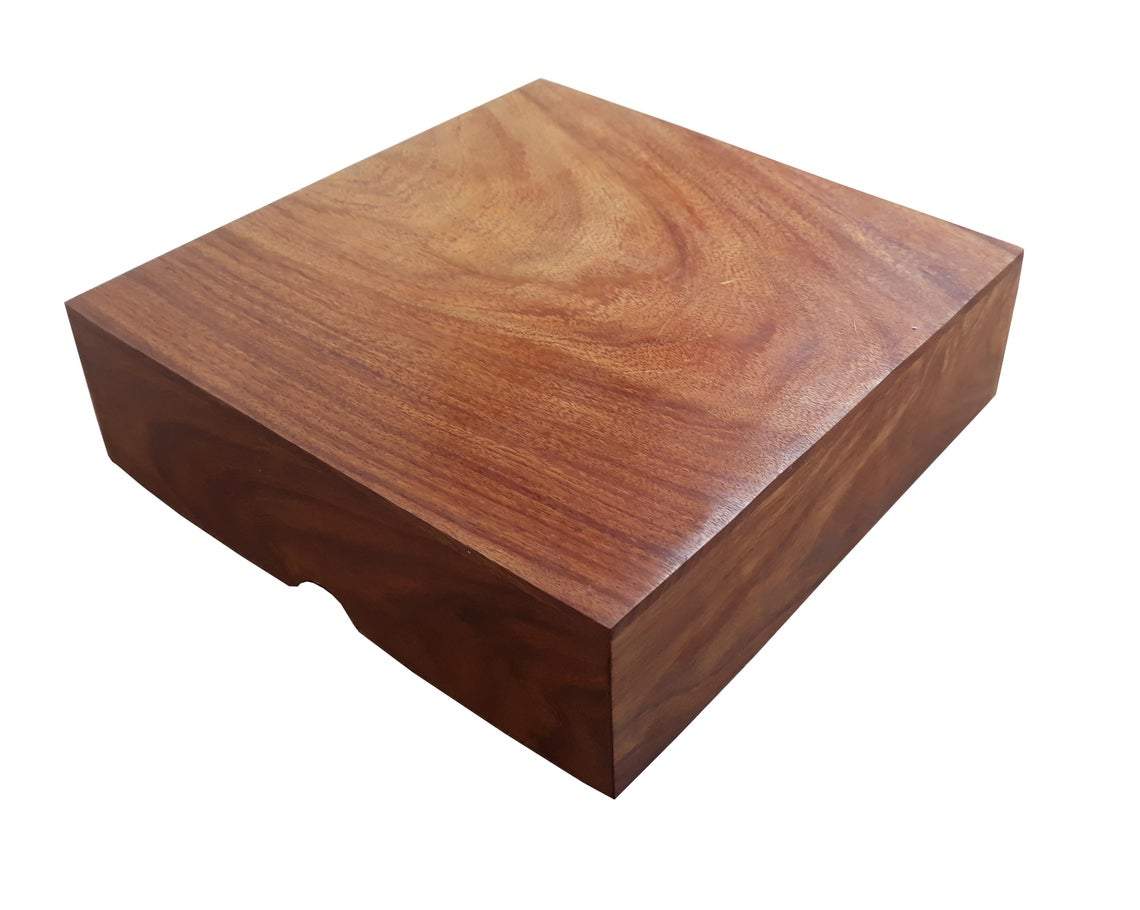

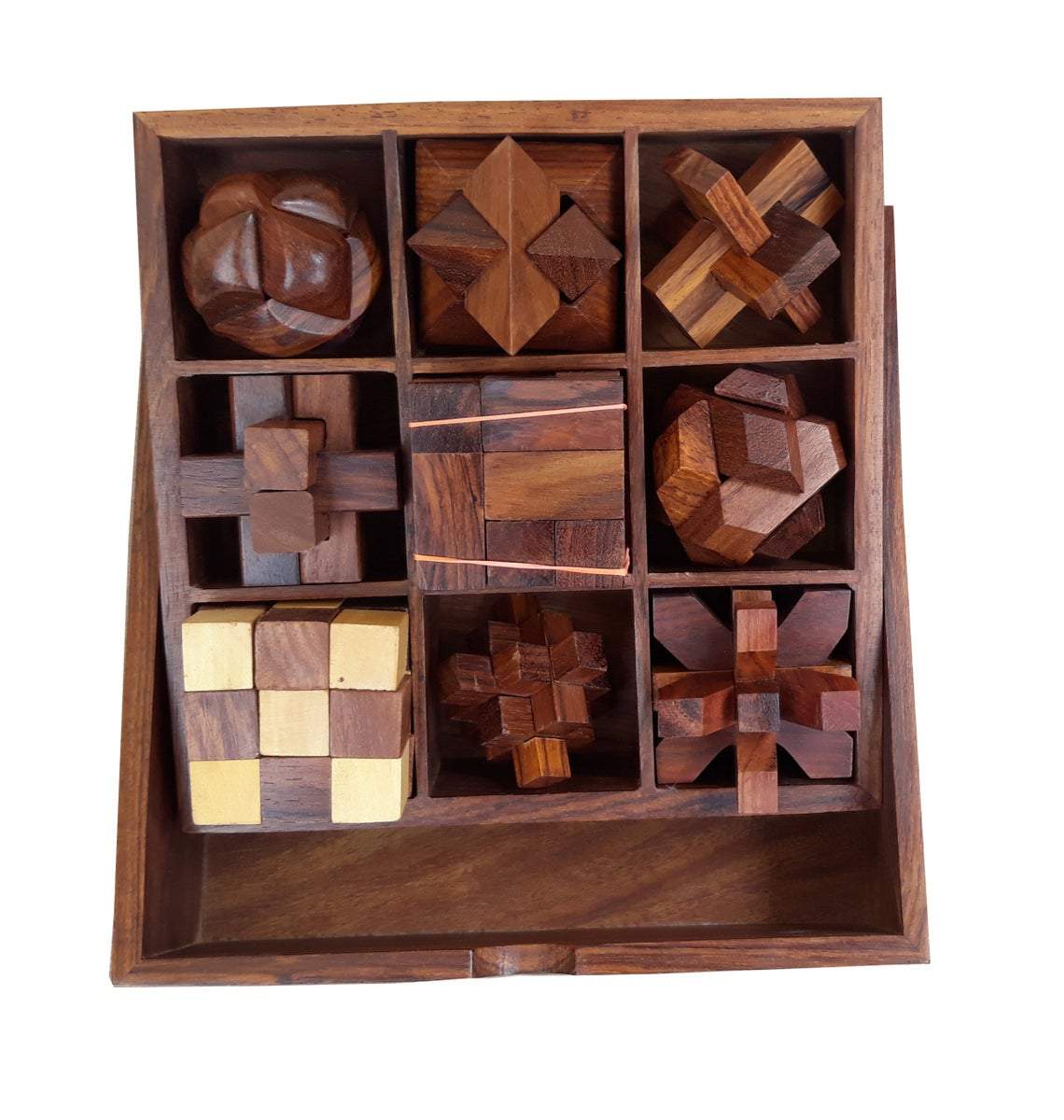





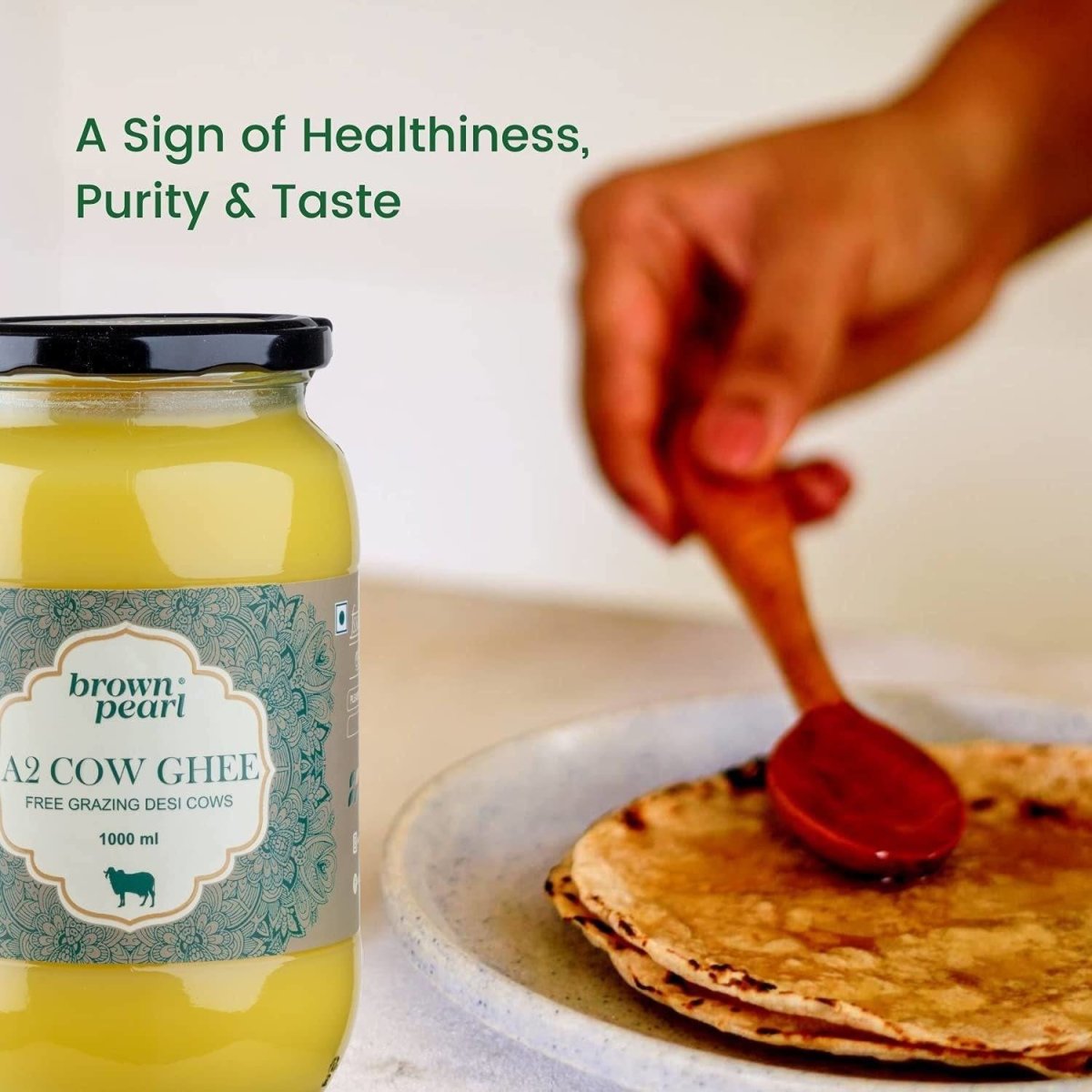
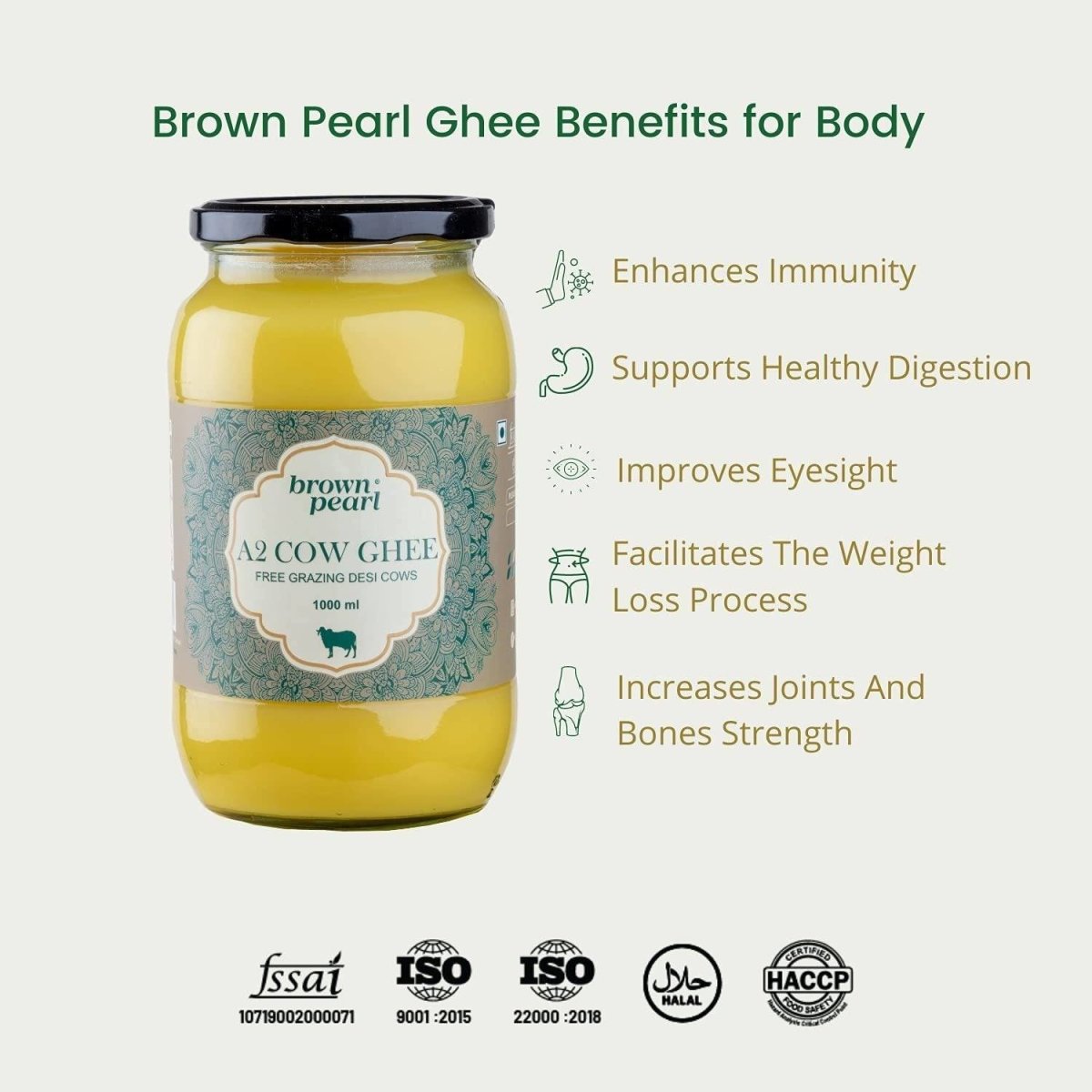


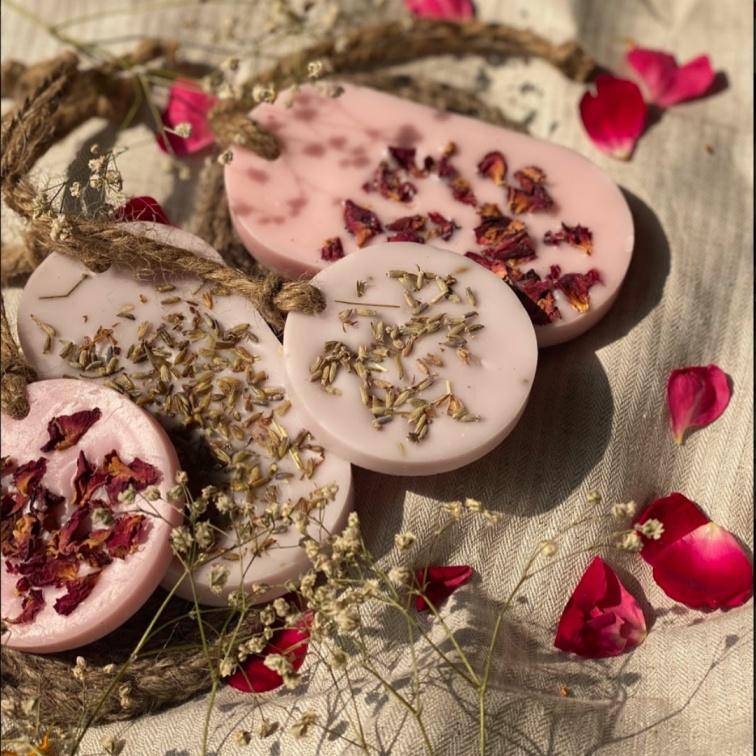


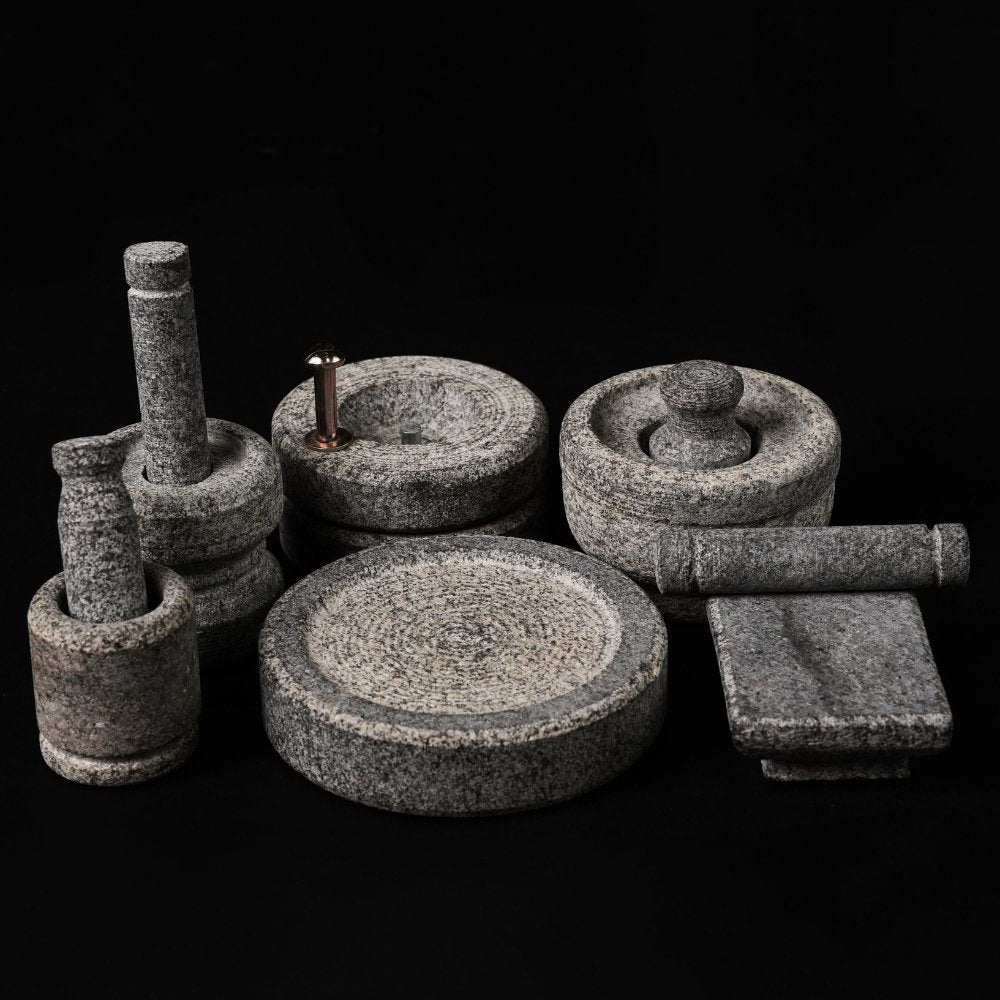

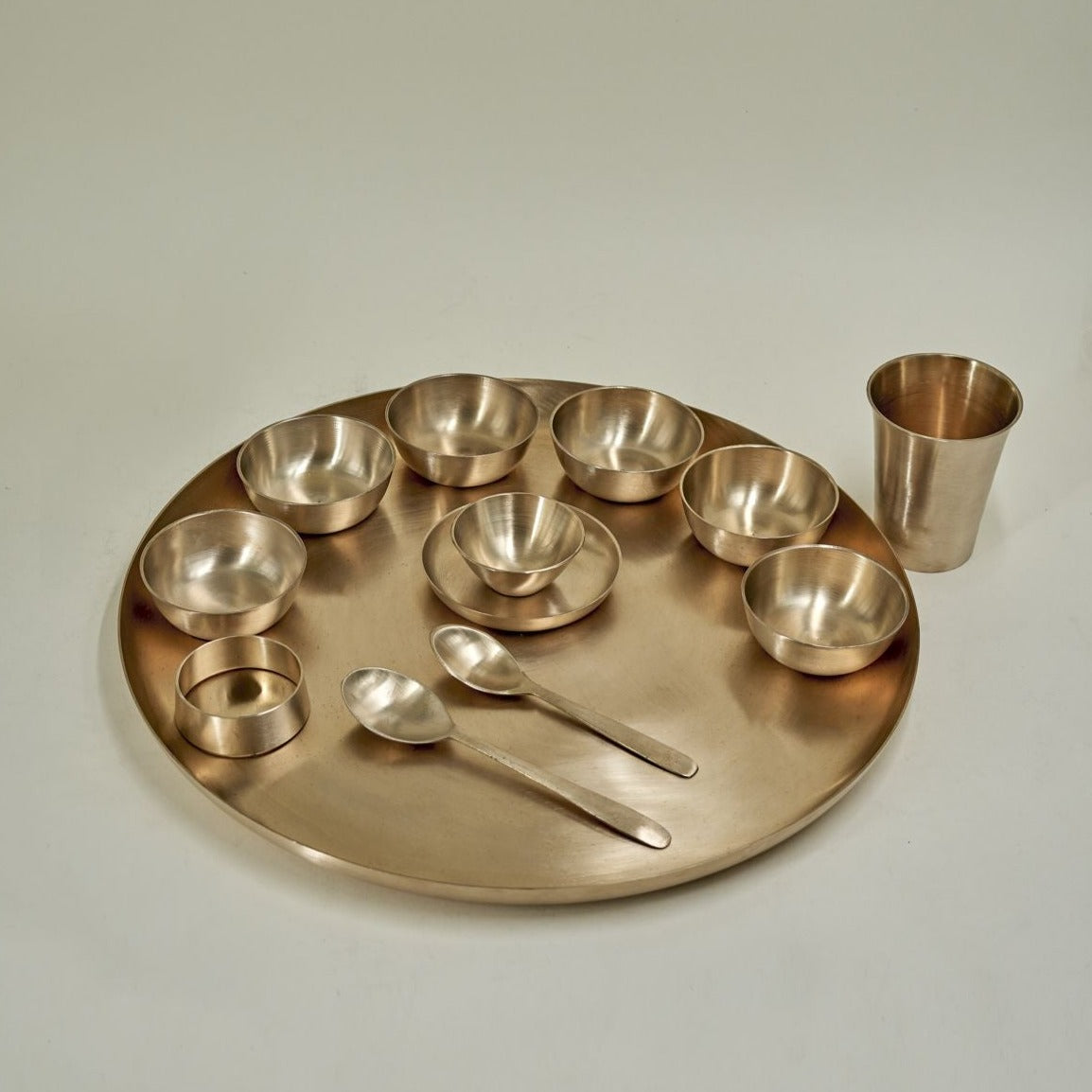

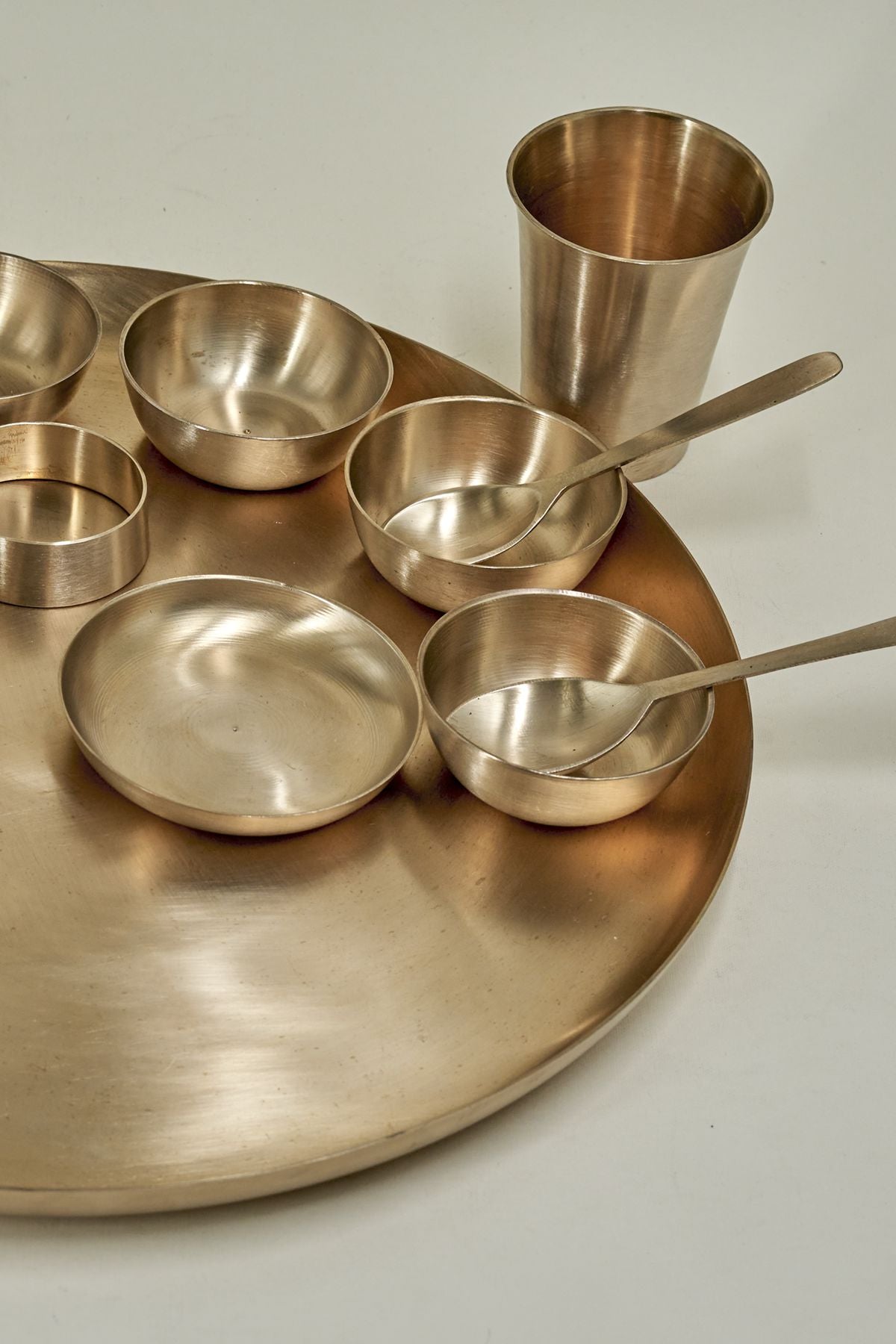
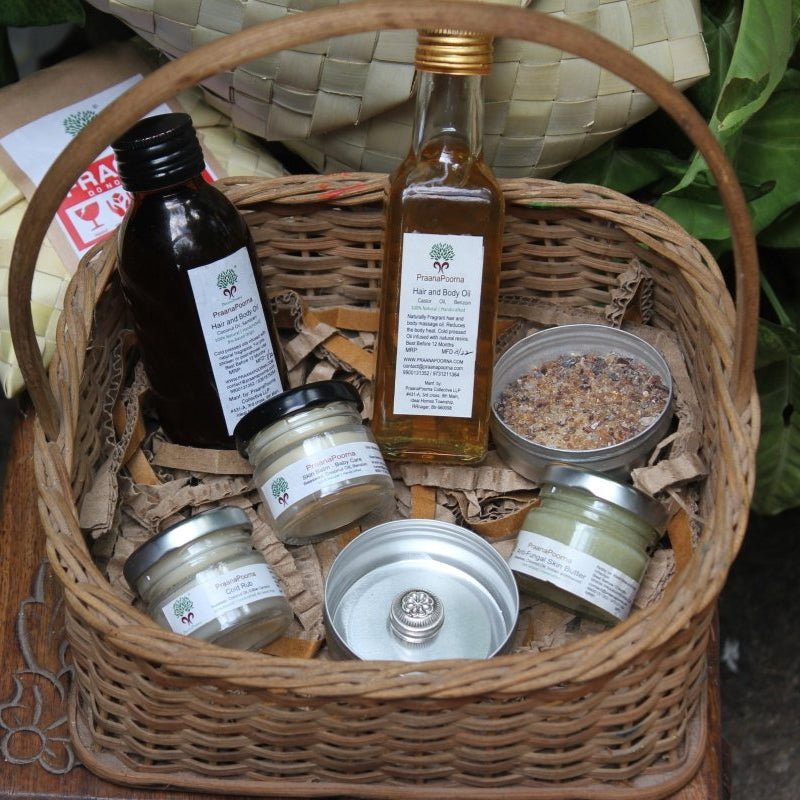
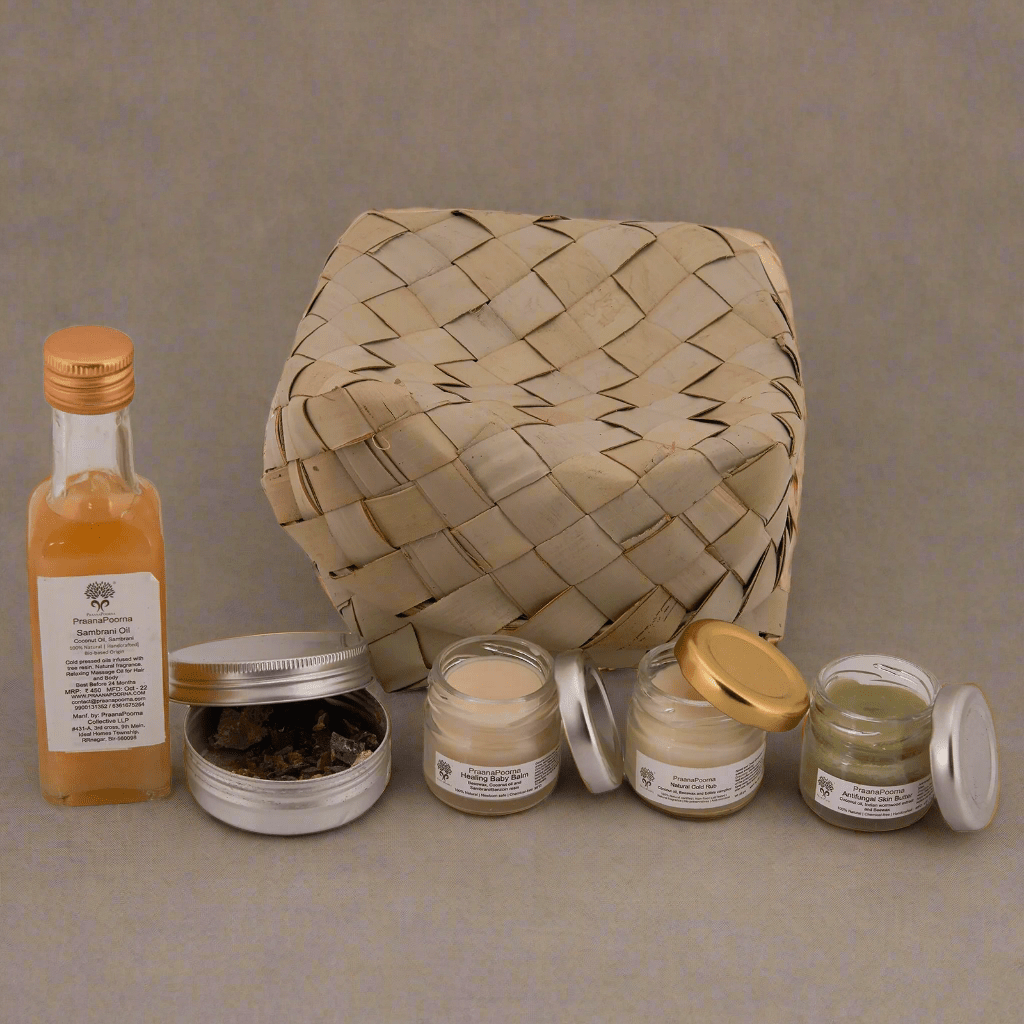
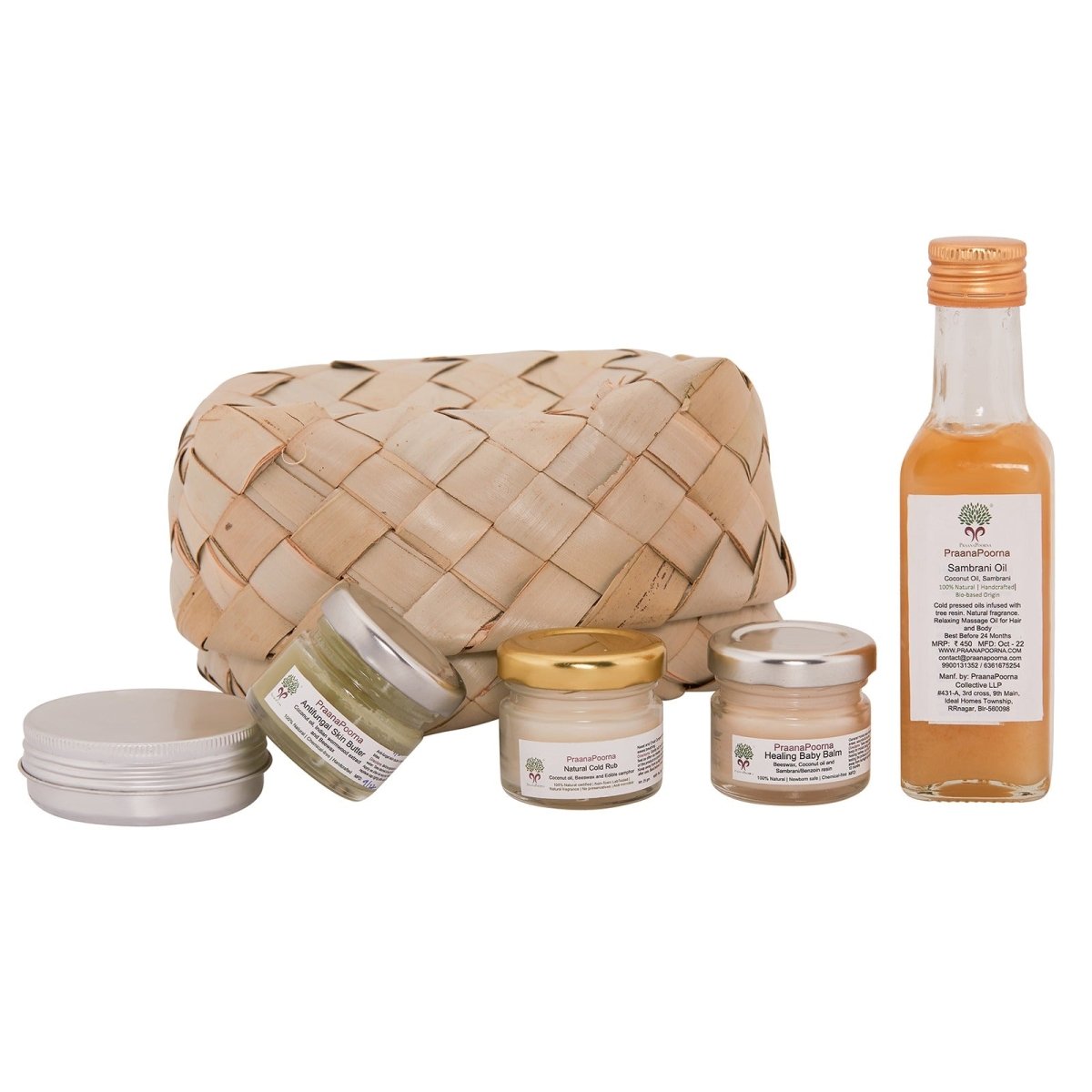
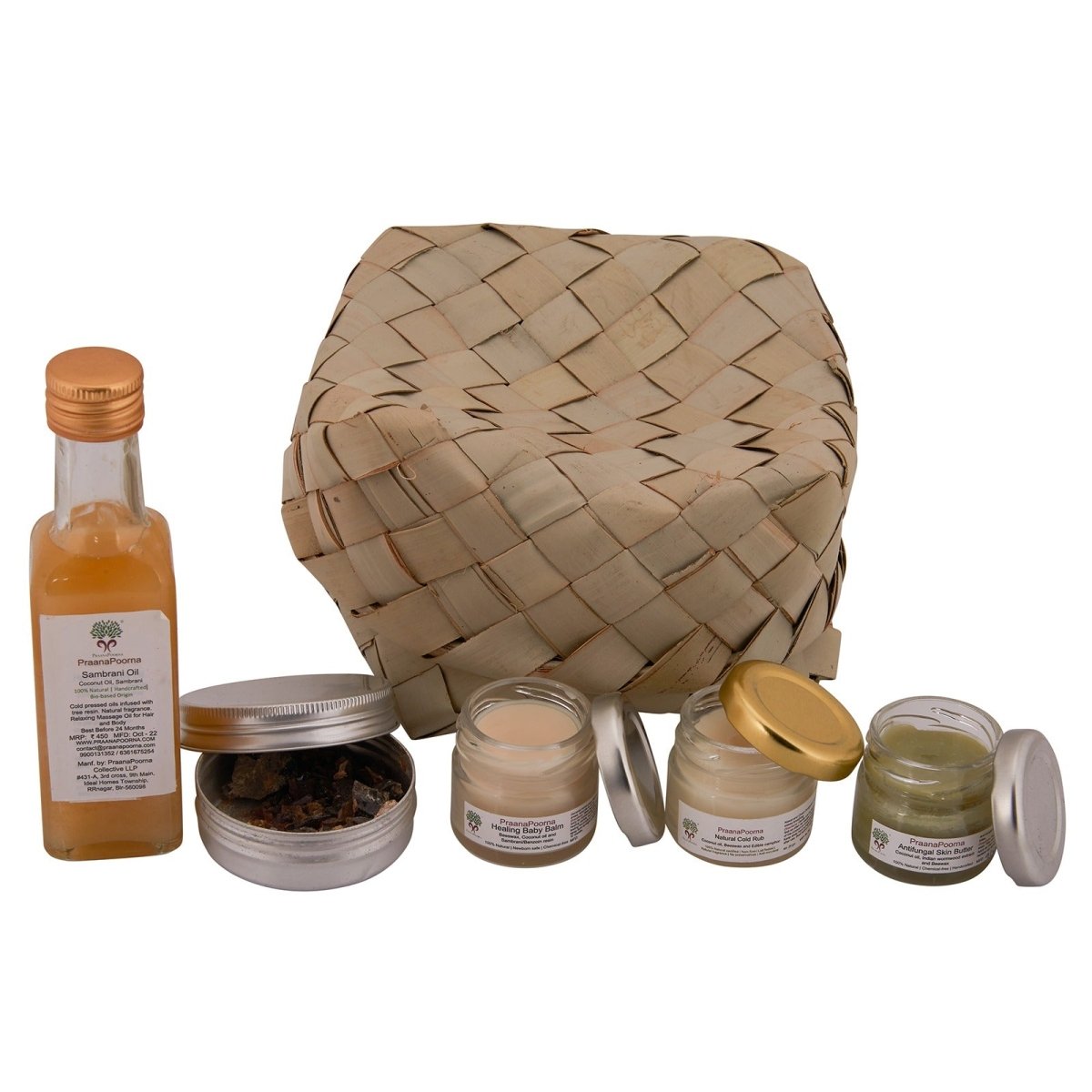


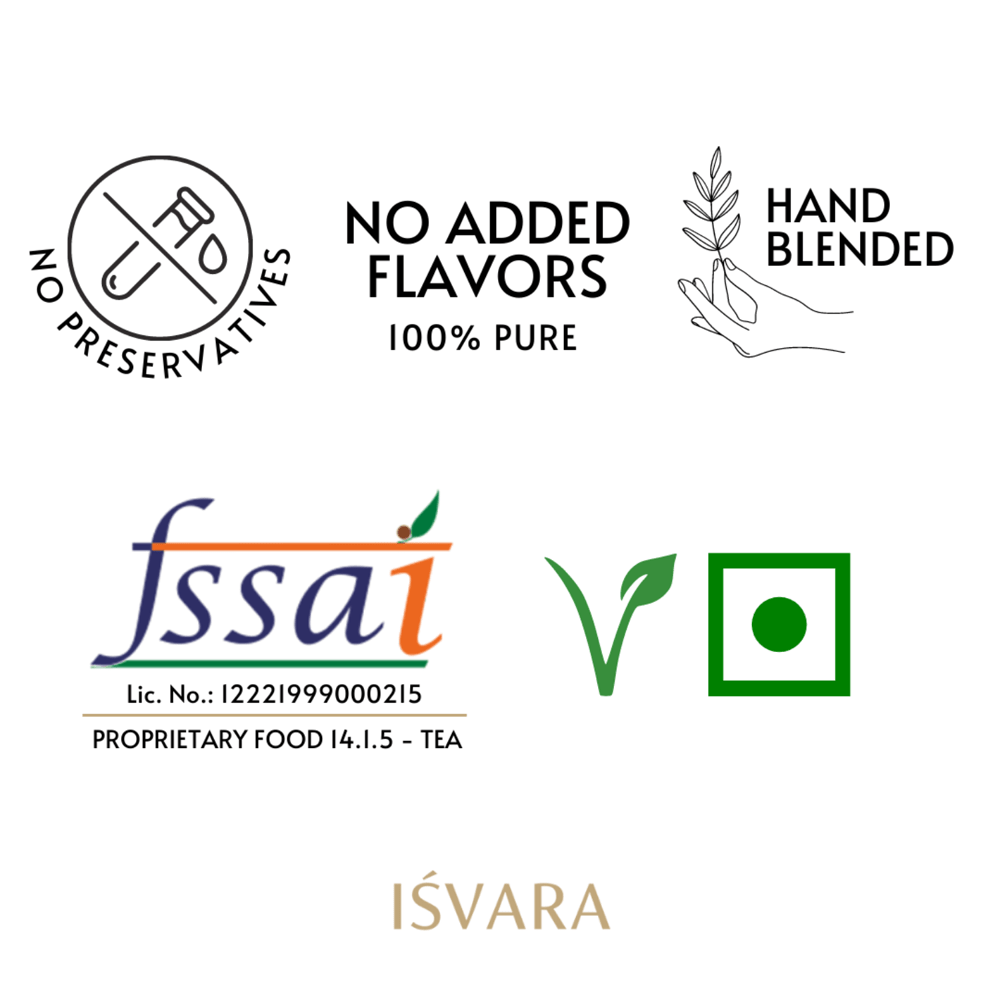
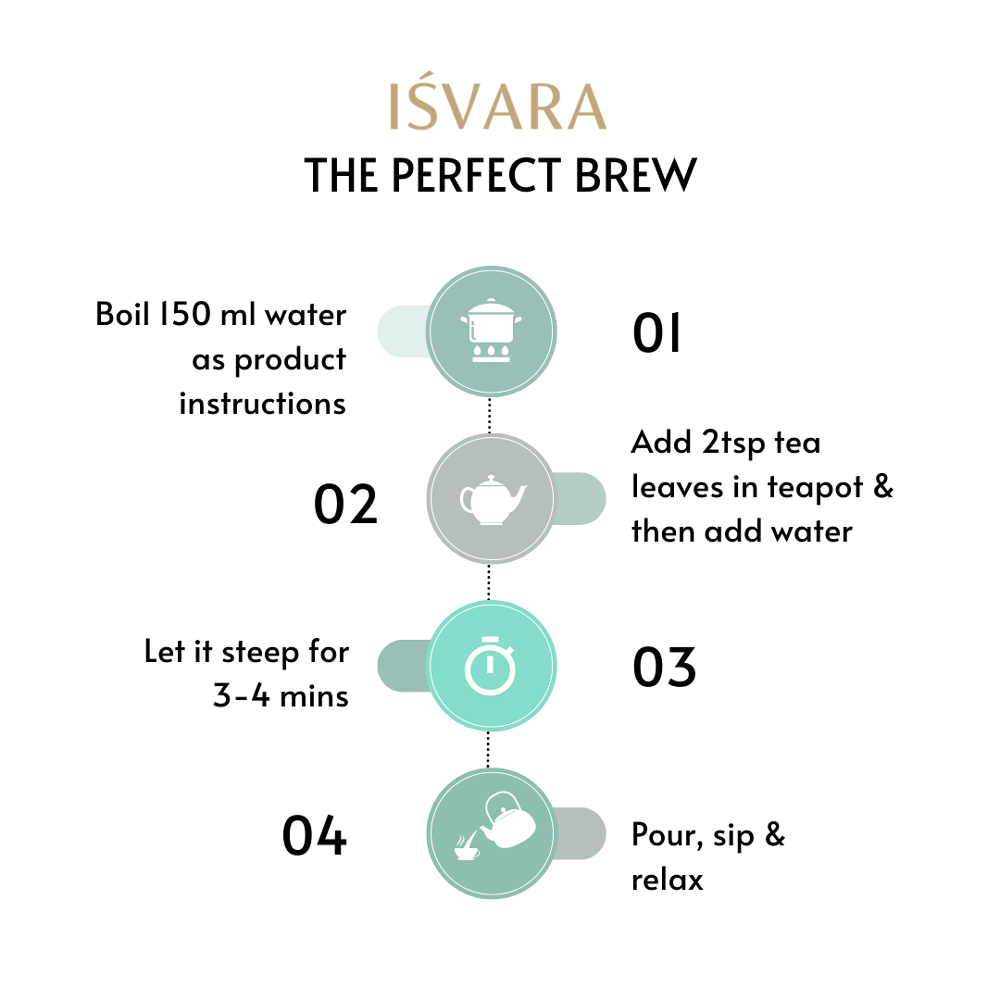
Share:
7 reasons to switch to Gender Neutral Sustainable Fashion
Stories From The Inner Circle: Journey of The Bamboo Bae